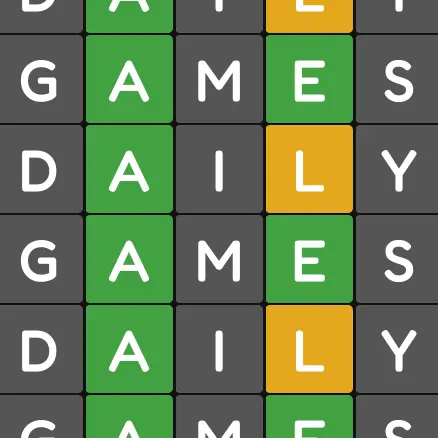It always feels good to get them all one after the other.
6️⃣5️⃣
7️⃣4️⃣
m-w.com/games/quordle/
⬜🟩⬜⬜🟨 ⬜🟨⬜⬜⬜
⬜⬜⬜⬜🟨 🟨⬜⬜⬜🟨
⬜⬜🟩⬜⬜ ⬜⬜🟩⬜⬜
⬜⬜🟩🟨🟩 ⬜⬜🟩🟩🟩
⬜⬜🟩🟨🟩 🟩🟩🟩🟩🟩
🟩🟩🟩🟩🟩 ⬛⬛⬛⬛⬛
🟩🟨⬜🟨⬜ 🟩🟨⬜⬜⬜
⬜🟩⬜⬜⬜ ⬜⬜⬜⬜🟨
⬜⬜⬜⬜⬜ ⬜🟩🟩⬜⬜
🟩⬜⬜⬜🟩 🟩🟩🟩🟩🟩
⬜⬜⬜⬜🟩 ⬛⬛⬛⬛⬛
⬜⬜⬜⬜🟩 ⬛⬛⬛⬛⬛
🟩🟩🟩🟩🟩 ⬛⬛⬛⬛⬛



∆G = ∆H - T∆S
∆G is the change in Gibb’s free energy. If it is negative for a process, the process will happen spontaneously. If it is 0, the process is at equilibrium. If positive, the process will not occur unless coupled to another process to make total ∆G ≤ 0.
∆H is the change in enthalpy, the heat energy of the process. If it is negative, the process releases heat to the environment, getting hotter. If positive, it absorbs heat from the environment, becoming colder. If that feels counterintuitive, remember that you as the observer are also the environment.
T is temperature in Kelvin.
∆S is entropy. Entropy is hard to rigorously define, but loosely it represents a state of disorder. A well mixed solution has high entropy, since the degrees of freedom within the mixture are high. A concentration gradient (high salt on one side of a membrane, lower on the other) has lower entropy because the existence of that gradient restricts those degrees of chemical freedom. A good rule of thumb is that if a barrier is required to maintain a state of things, it is a lower entropy state than what is possible.
Put that all together, and we can think about the question again. ∆H is close to zero for the process. It will do some slight cooling, but that has more to do with evaporation than anything else. Temperature is unknown but doesn’t affect the sign of ∆G if ∆H is close to zero. That means ∆S is our main driver. In the case of a plant, there is a gradient, with more salt inside the root than outside it. As such, in order to increase entropy and therefore have a negative ∆G, water moves from a low-salt environment to a high-salt environment. This brings water into the root and in doing so creates water pressure that forces the water upward as long as it has a path to do so.
The logic is similar but simpler for a piece of paper sucking up water, as the gradient is caused by the paper being dry and therefore creating a gradient in the amount of water.